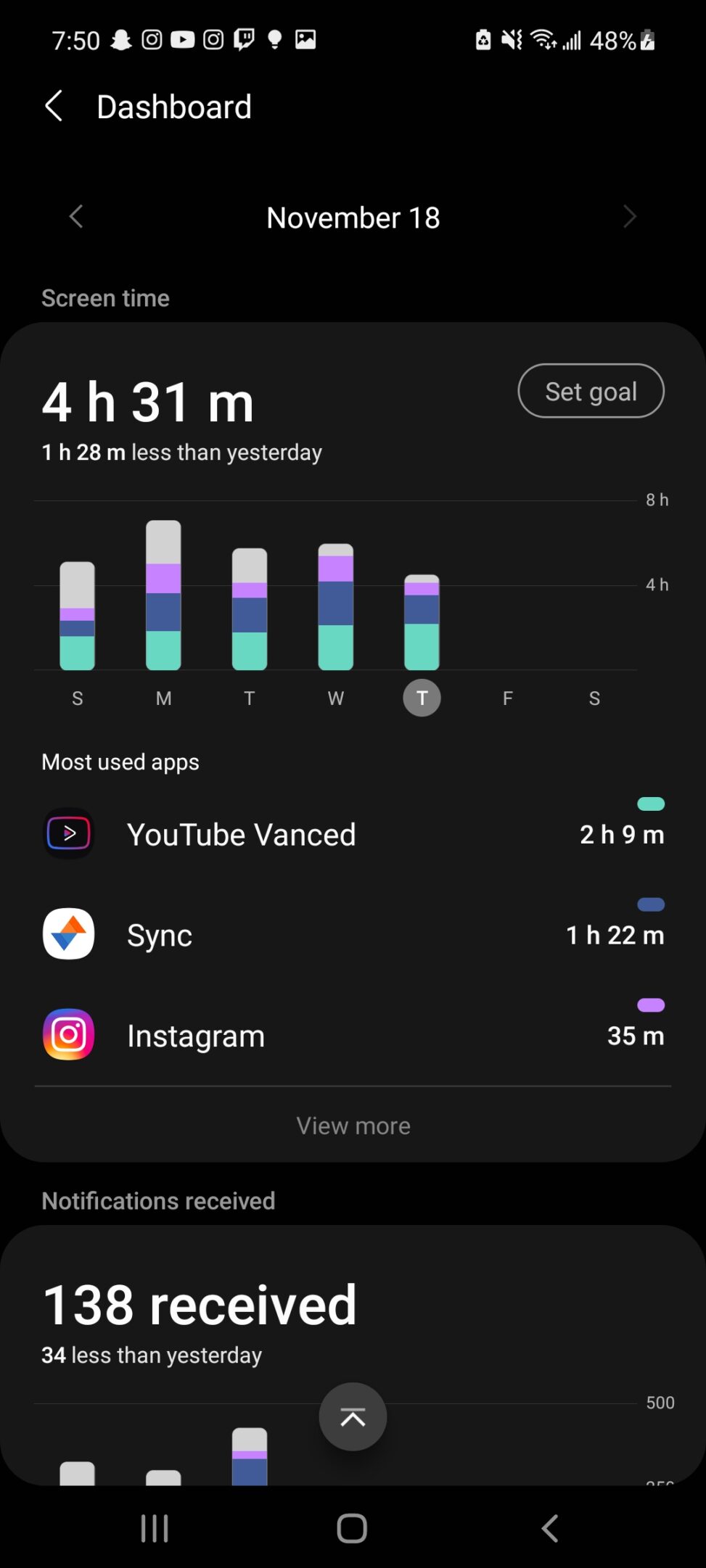Image Attribution: “Assignment 3 – VISA 1500” by Kei Massalski is licensed under CC0. (See interactive map)
Kei Massalski
Terryl Atkins
VISA 1500
November 19, 2021
Assignment 3, Part A
The advent of social media has undeniably revolutionized social spheres in the 21st century, creating one of the largest cultural gaps between younger and older generations living today. Having reflected on how prevalent social media is amongst my life and my generation, the use of social media seems to dominate our lives, considerably so during this COVID-19 pandemic.
The main social media app I use to interact with people in my life is Instagram. Owned by Meta (formerly Facebook), Instagram is a platform catering around sharing imagery, both through posts one can view on each profile, or through temporary posts on one’s “story” that last 24 hours. Instagram also includes a direct messaging feature, and with functionality built in with its image service, sharing images with friends is intuitive and easy, which is one of Instagram’s strongest features.
Snapchat is the second app I use to interact with friends, however I believe it is not as strong of an app as Instagram is, as Instagram can do everything Snapchat can and more. Snapchat’s focus is to facilitate communication through captioned images rather than direct messaging, and with that the use of digital filters is encouraged as well. By design, Snapchat is built to be far more streamlined and less-complex as Instagram, and I am only using it because certain friends prefer to use it over Instagram.
While almost everyone can agree social media has both incredible benefits and detriments to how younger generations have been affected, personally I do not know if social media has been a net-positive in my life. It has helped substantially when communicating with friends especially for organizing events, and it has helped maintain connections with friends who have become increasingly distant due to both their choice of university and social distancing measures due to the pandemic. However, upon reflection I have noticed that I am severely addicted to social media, as many others in my generation are. Similarly to video game addiction, many social network users will deny that addiction is possible, yet it has been extensively documented that frequent social media use abuses our brain’s reward centers, particularly regarding dopamine levels. According to research, checking your phone stimulates your brain similarly to how gambling does, as “the individual may or may not find a notification when looking on the phone”, leading to “ is a large increase in dopamine levels when the indication is seen” (Bilal, et al. 892). The dopamine rush is then immediately lost, which in turn creates a dopamine deficiency, which stimulates the brain to “gamble” and check social media notifications. I believe this has significantly affected my lifestyle in a negative way, as many activities I “should” be pursuing have been completely overshadowed by hours spent browsing an endless stream of content.
Social networking sites have undoubtedly changed how society conducts interpersonal communication in a seemingly irreversible way, accelerating communication and the spread of information faster than ever before in human history. And while that may have looked beneficial on paper, the damaging effects on human willpower – especially amongst younger individuals – is undeniable, and it is important for those afflicted by social media addiction to reflect on how much time is being spent on the internet, and to instead invest time into what matters in the real world.
Works Cited:
Macit, Hüseyin Bilal, et al. “Sosyal Medya Bağimliliği Ve Dopami̇n Odakli Geri̇bi̇ldi̇ri̇m üzeri̇ne BİR Araştirma.” Mehmet Akif Ersoy Üniversitesi İktisadi Ve İdari Bilimler Fakültesi Dergisi, 2018, pp. 882–897., doi:10.30798/makuiibf.435845.
